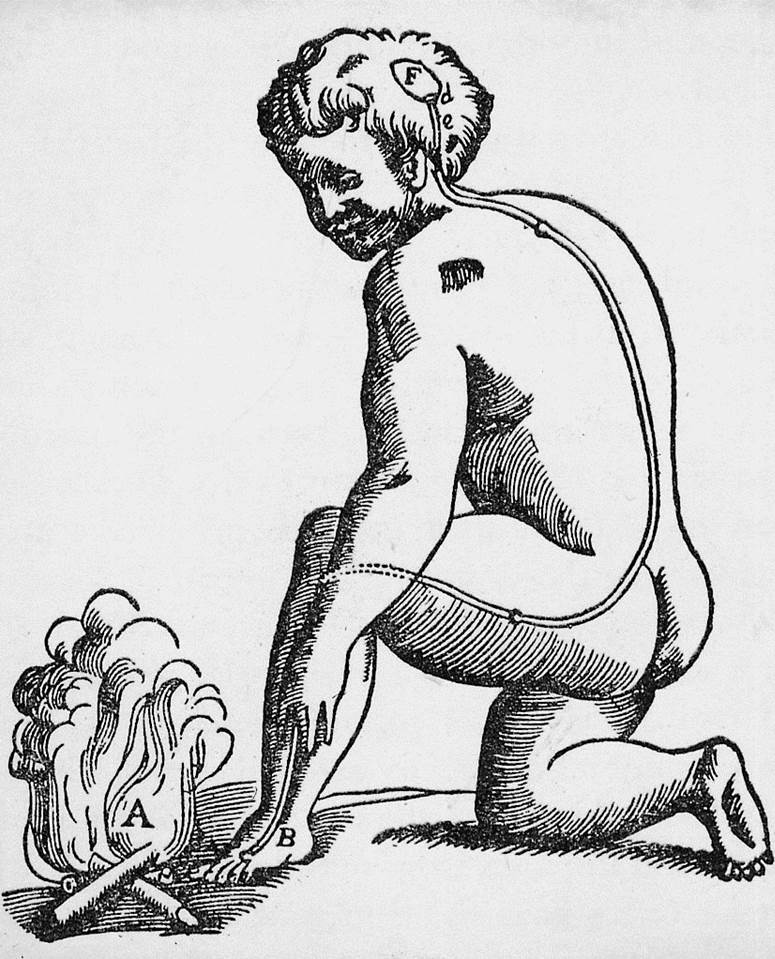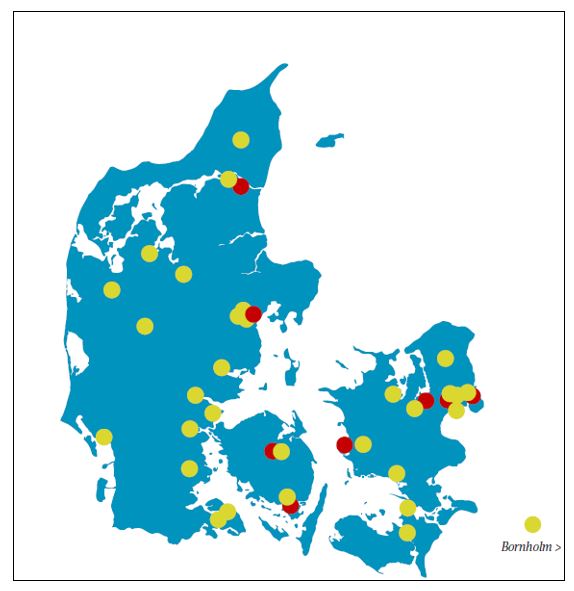The Editors have – together with the Scientific Committee – decided that new EFNS review papers will be presented in the Forum of NEUROPENEWS. The new EFNS review on the role of muscle biopsy in the investigation of myalgia on behalf of the EFNS Scientist Panel on Muscle disorders is published as Early View Article on the website of the European Journal of Neurology, and we highlight this important article by offering you the abstract. We also asked the first author, Professor Kyriakides, for a short statement.
Abstract:
Background: Myalgia, defined as any pain perceived in muscle, is very common in the general population and a frequent cause for referral to neurologists, rheumatologists and internists in general. It is however only rarely due to primary muscle disease and often referred from ligaments, joints, bones, the peripheral and central nervous system. A muscle biopsy should only be performed if this is likely to be diagnostically useful. At present no ‘guidelines’ exist.
Methods: An EFNS panel of muscle specialists was set to review relevant studies from PubMed dating as far back as 1/1/1990. Only Class IV studies were available and therefore the recommendations arrived at are ‘best practice recommendations’ based on information harvested from the literature search and expert opinion.
Results: Muscle cramps should be recognized while drugs, infections, metabolic/ endocrinological and rheumatological causes of myalgia should be identified from the history and examination and pertinent laboratory tests. A muscle biopsy is more likely to be diagnostically useful if myalgia is exertional and if one or more of the following apply: i) there is myoglobinuria, (ii) there is a second wind phenomenon, (iii) there is muscle weakness, (iv) there is muscle hypertrophy /atrophy, (v) there is hyperCKemia (>2–3× normal), and (vi) there is a myopathic EMG.
Conclusions: Patients presenting with myalgia can be recommended to have a biopsy based on careful history and examination and on simple laboratory screening.
T. Kyriakides, C. Angelini, J. Schaefer, T. Mongini, G. Siciliano, S. Sacconi, J. Joseph, J.M. Burgunder, L. Bindoff, J. Vissing, M. de Visser and D. Hilton-Jones; European Journal of Neurology, Early View Article / Article first published online: 30 APR 2013
Introduction by Theodoros Kyriakides:
Diffuse persistent myalgia (defined as any pain perceived in muscle) may have an incidence as high as 10% in the general population and certainly it is one of the common symptoms presenting to neurologists, rheumatologists and internists in general. The indications for muscle biopsy in elucidating the cause of myalgia, particularly if isolated, is a particularly difficult issue since the associated morbidity of an invasive procedure needs to be balanced with the likelihood of a diagnostically useful result.
An EFNS Task Force was set up to address this problem and met for the first time in September 2011. At the time it was appreciated that, due to the nature of the subject matter, it was unlikely that the literature included anything better than Class IV studies. Therefore, evidence based guidelines were not possible, which paradoxically, made the need for ”best practice guidelines” more important. The Task Force deliberately included neurologists with a special interest in myology (all members of the EFNS muscle panel) and one experienced rheumatologist. It was decided to adopt a pragmatic approach to identify patients suitable for muscle biopsy and to screen relevant publications in the Medline database from 1/1/1990 onwards.
The literature was interrogated in three main directions, one pertaining to common well recognized non-neuromuscular entities associated with myalgia (biopsy unlikely to be useful), one pertaining to well recognized neuromuscular entities known to be associated with myalgia (biopsy probably useful) and lastly one pertaining to isolated myalgia (biopsy potentially useful). The non-neuromuscular category was further subdivided into drug related, rheumatological, infectious and metabolic/endocrine causes to facilitate dismissal for the need of biopsy. The neuromuscular category was further subdivided into primary neurogenic entities (muscle biopsy less likely to be informative) and primary myopathic entities (muscle biopsy more likely to be informative).
A set of clinical and laboratory criteria were harvested from the literature and expert opinion to triage patients from the neuromuscular and isolated myalgia categories towards biopsy. Clinical criteria include the presence/absence of: muscle weakness, muscle atrophy/hypertrophy, cramps and the temporal relation of myalgia to exercise. Laboratory criteria include the level of hyperCKemia and the nerve conduction and electromyography findings.
The Task Force finalised their recommendations in November 2012 taking care to make them user-friendly by the non-neuromuscular specialist.
Theodoros Kyriakides is Professor of Neurology at the Department of Neurology at the Cyprus Institute of Neurology & Genetics and Chair of the Task Force, which developed the above EFNS review paper.







